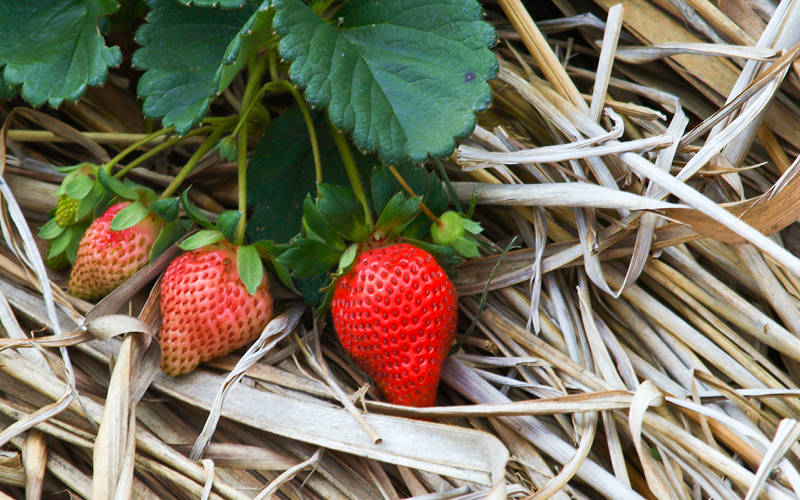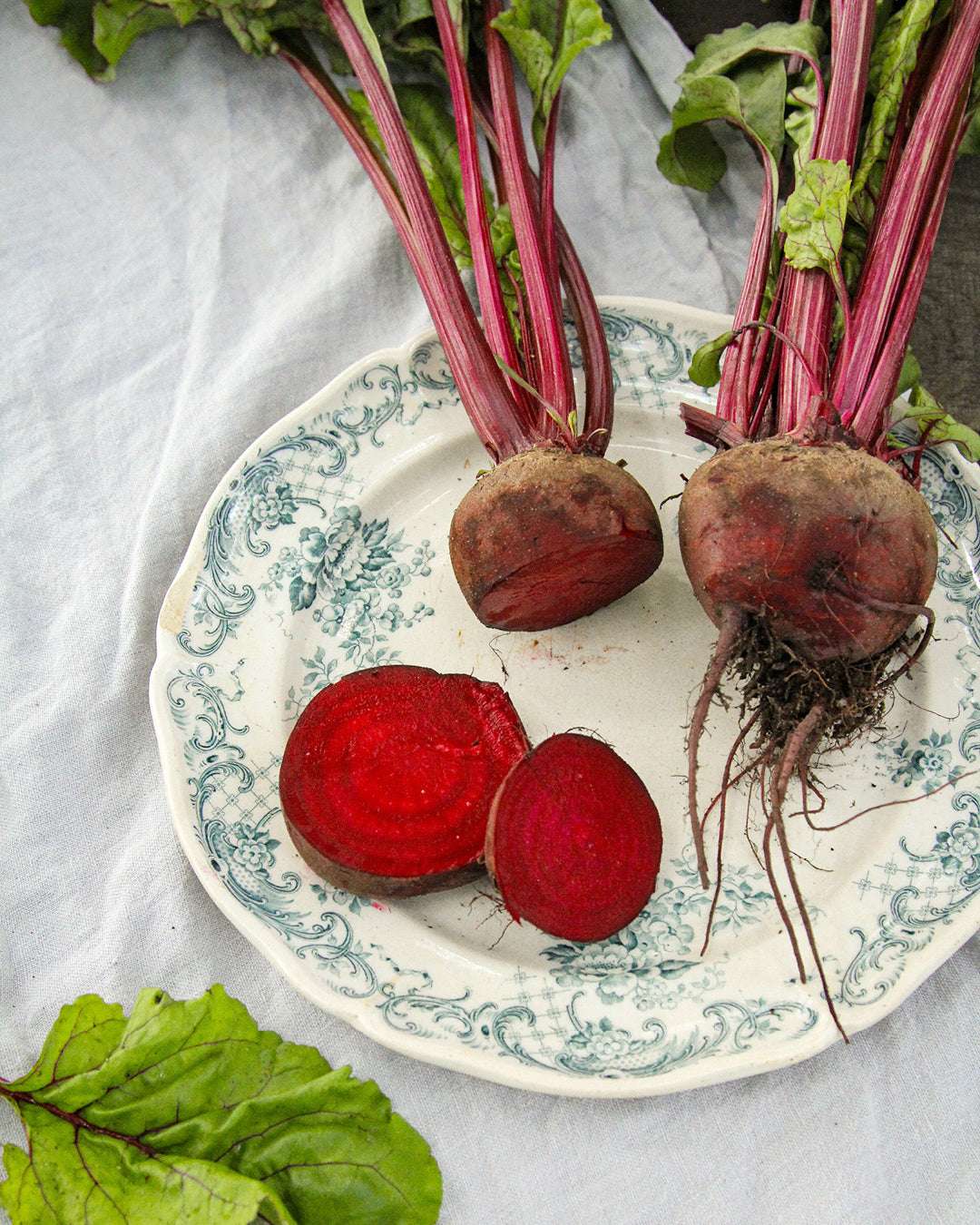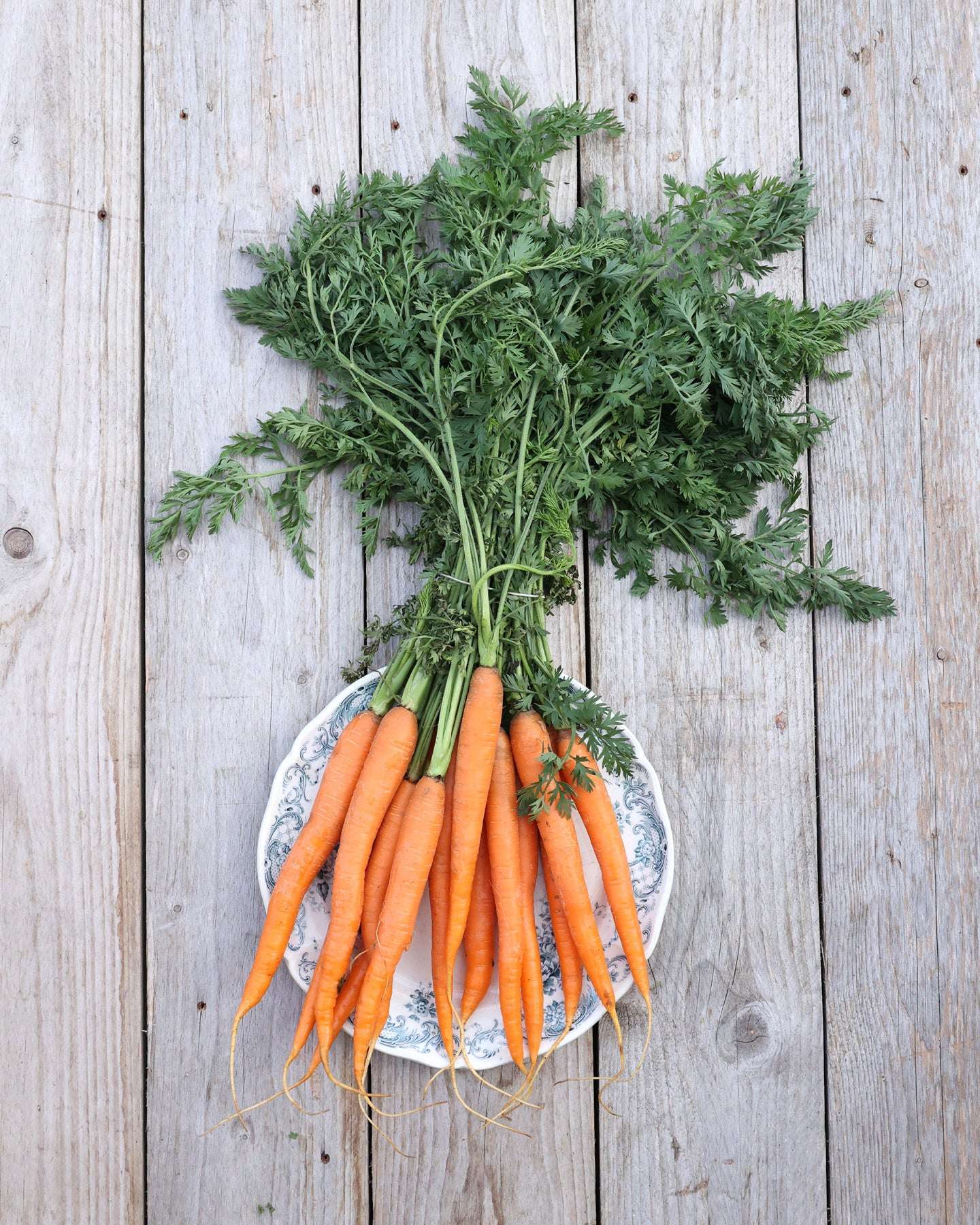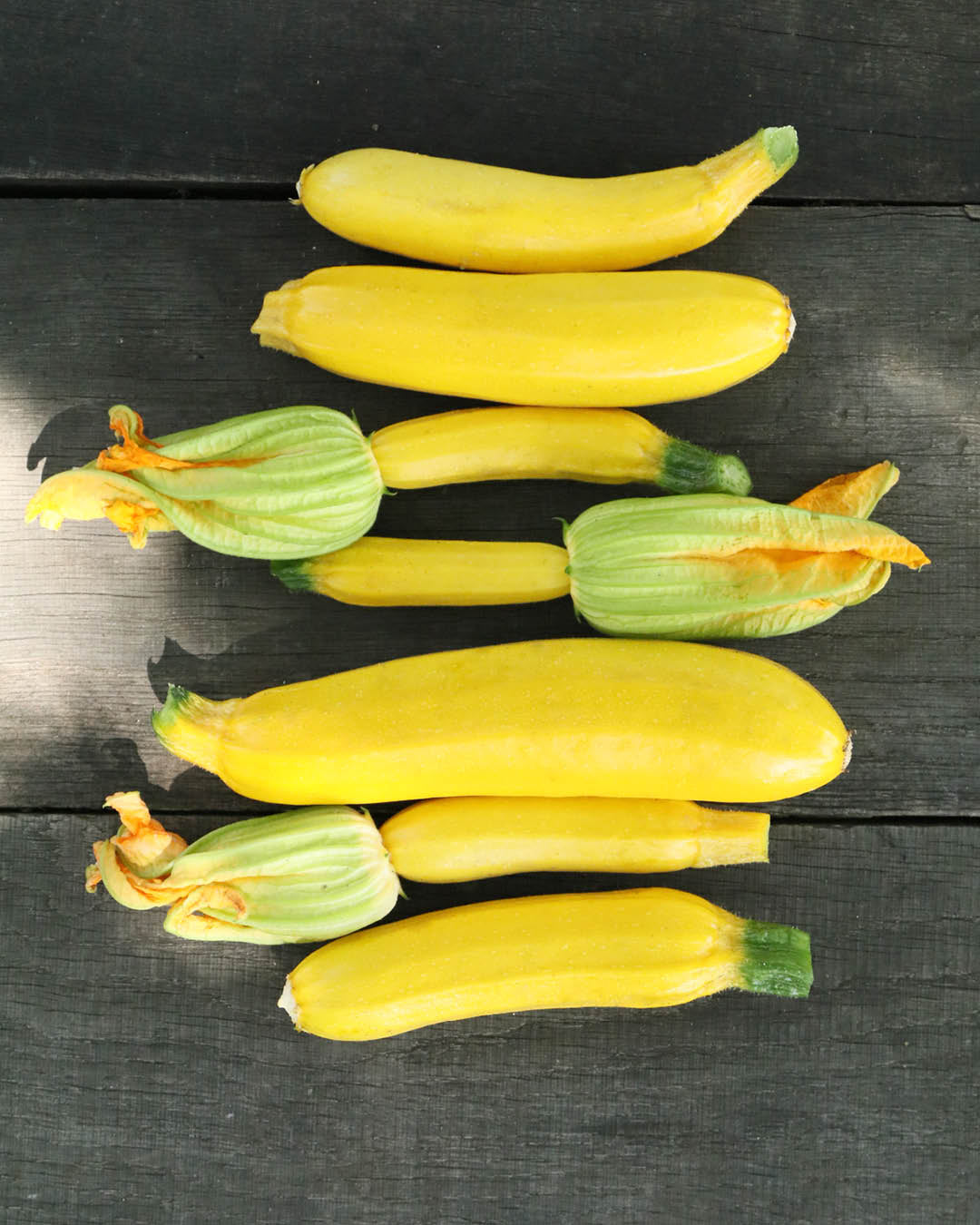Gardening tips in June: How to make your vegetable garden bloom
In June, the gardening year reaches its full potential. Everything is growing, blooming, and already bearing its first fruits. But to prevent the vegetable garden from getting out of control, it needs to be cared for – and new sowings and plantings are also on the agenda. With these tips, you can get the most out of your garden in June.

1. Mulch strawberry beds
As soon as the first strawberries ripen, it's worth placing a thin layer of straw mulch under the plants. This protects the fruit from moisture, mold, and slugs, and keeps them nice and clean—perfect for direct harvesting.
2. Caring for tomatoes and peppers
Tomatoes and peppers are now in full growth. Regularly remove suckers from tomatoes and ensure consistent watering. For both crops, it's also a good idea to apply the first application of fertilizer to promote growth and fruit formation.
3. Remove weeds regularly
With the warmer weather, weeds also grow rapidly. Early and regular weeding saves you a lot of work later on—and creates ideal conditions for vegetable growth.

4. Re-sow and plant vegetables
In June, vacant garden beds can be replanted with fast-growing crops such as radishes, lettuce, arugula, or spinach. Early-grown plants such as kohlrabi, broccoli, or chard can also be planted in the beds now.
5. Adjust irrigation
With warmer days, water needs increase. Water in the morning or evening, if possible, to avoid evaporation. Consistent moisture is especially important for tomatoes, cucumbers, and zucchini – excessive fluctuations promote disease.
6. Fertilize for strong growth
Heavy feeders like pumpkin, celery, and leeks now benefit from a dose of organic fertilizer. Whether compost, nettle manure, or organic vegetable fertilizer, a consistent supply of nutrients is important.
7. Thinning fruit trees
If apple or pear trees have set too many fruits, you should thin them out selectively. This allows the remaining fruits to ripen better and prevents the branches from being damaged by overburdening. Leave only one or two strong fruits per bunch.

8. Conduct pest control
Now is the time to check regularly: Aphids, slugs, cabbage white butterflies, and other pests can quickly become a nuisance. Act early and in the most environmentally friendly way possible – for example, by collecting them, promoting beneficial insects, or using biological methods.
9. Turn the compost
Turning the compost once brings fresh oxygen into the compost and accelerates the decomposition process. Now that the weather is warmer, the material turns into valuable humus more quickly – perfect for fertilizing in the summer or preparing new beds.
10. Don't forget the lawn
The lawn is also an integral part of the vegetable garden—especially if it serves as a herb lawn, flower meadow, or play area. Mow regularly, but not too deeply. During dry periods, watering in the evening helps prevent damage.
Conclusion: In June the garden is at its best
June is a month full of growth, color, and opportunity. Those who stay on the ball will soon be rewarded with full harvest baskets, healthy plants, and a vibrant garden. Tend, harvest, reseed—and enjoy!
Frequently asked questions (FAQ) about the vegetable garden in June
Which vegetables can I still sow in June?
In June you can plant fast-growing varieties such asRadishes, arugula, lettuce, spinach, chardorBush beansSow directly into the bed. Reseeding in gaps is also worthwhile.
How often do I need to water in June?
It depends on the weather – in hot weather, water daily, otherwise every 2–3 days. Betterrare but penetrating, rather than a little bit daily. Important: Water in the morning or evening.
When should I thin out tomatoes?
It's best to do this regularly—as soon as new side shoots appear in the leaf axils, they should be removed. This promotes the growth of the main shoots and improves fruit formation.
Why should you thin fruit trees?
Too many fruits lead to small, poorly ripened apples or pears – and can cause branches to break. By thinning, you improve theFruit quality, tree health and yield in the following year.
How do I detect pest infestation early?
Regularly check the undersides of leaves, new growth, and flowers for aphids, signs of feeding, or egg deposits. Cabbage plants and berries are particularly vulnerable in June. React quickly at the first signs – ideally with gentle treatments.















